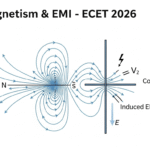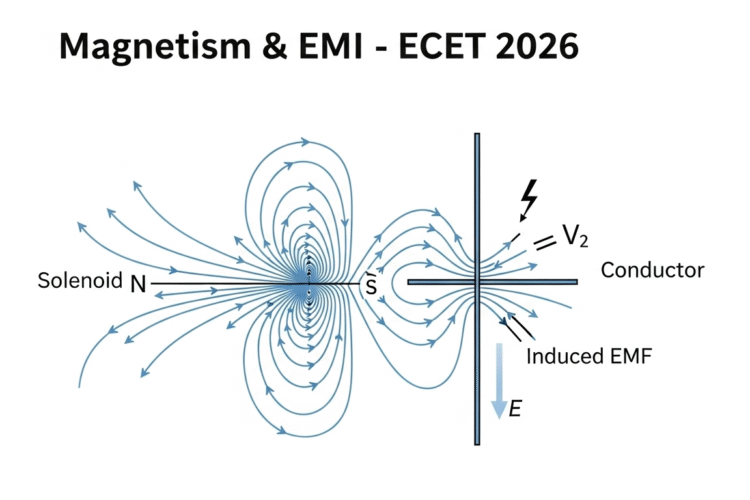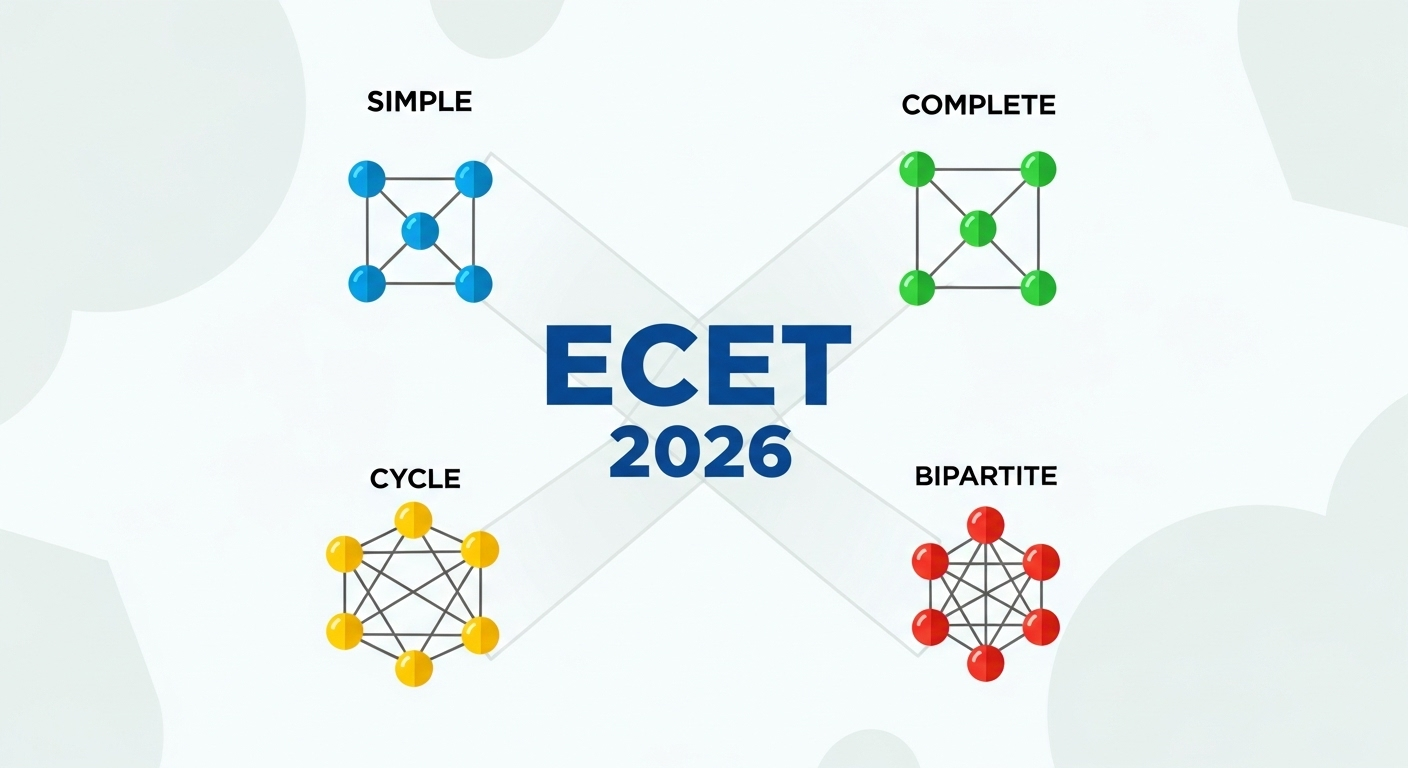
Operating Systems (OS) is a vital subject in the ECET 2026 CSE syllabus. Among many important topics, understanding Process States and the Process Control Block (PCB) is fundamental for grasping how OS manages running programs. This knowledge not only helps in exams but also builds a strong base for practical OS concepts.
📘 Concept Notes – Process States & PCB
🔄 What is a Process?
A process is a program in execution. The Operating System manages multiple processes by switching the CPU between them.
🔵 Process States
A process can be in one of the following states:
- New – Process is being created.
- Ready – Process is ready and waiting for CPU time.
- Running – Process is currently executing on CPU.
- Waiting (or Blocked) – Process is waiting for some event (like I/O completion).
- Terminated – Process has finished execution.
🔄 Process State Transitions
- New → Ready: After creation, process moves to ready queue.
- Ready → Running: Scheduler allocates CPU to process.
- Running → Waiting: Process requests I/O or event, blocks CPU.
- Waiting → Ready: Event completed; process ready again.
- Running → Terminated: Process finishes execution.
🗂️ Process Control Block (PCB)
- PCB is a data structure used by the OS to store information about a process.
- It acts as the process’s identity card in the OS.
🔑 Key Information Stored in PCB:
| Info Type | Description |
|---|---|
| Process ID (PID) | Unique identifier for the process |
| Process State | Current state (Ready, Running, etc.) |
| Program Counter (PC) | Address of next instruction to execute |
| CPU Registers | Saved register values during context switch |
| Memory Management Info | Base and limit registers or page tables |
| Accounting Info | CPU usage, time limits, job priority |
| I/O Status Info | List of I/O devices allocated to the process |
🔟 10 Most Expected MCQs – ECET 2026 [Process States & PCB]
Q1. Which of the following is NOT a process state?
A) Ready
B) Running
C) Sleeping
D) New
Q2. When does a process move to the ‘Waiting’ state?
A) When it is ready to run
B) When it finishes execution
C) When it requests I/O or waits for an event
D) When it is created
Q3. What does PCB stand for?
A) Process Control Block
B) Program Counter Block
C) Process Code Block
D) Program Control Buffer
Q4. Which information is NOT stored in PCB?
A) Process ID
B) Program Counter
C) User data
D) CPU Registers
Q5. The process state where the process is waiting for CPU time is called:
A) New
B) Running
C) Ready
D) Waiting
Q6. Which of these is a correct transition for process states?
A) Running → Ready
B) Ready → Waiting
C) Waiting → Running
D) Terminated → Running
Q7. What happens in a context switch?
A) Process terminates
B) OS switches CPU from one process to another saving PCB info
C) Process goes to waiting state
D) Process creation
Q8. Which field in PCB stores the address of the next instruction?
A) Program Counter
B) Process ID
C) CPU Registers
D) Memory Management Info
Q9. PCB helps the OS in:
A) Managing files
B) Managing processes
C) Managing network
D) Managing hardware
Q10. The process state after execution is:
A) Ready
B) Running
C) Terminated
D) Waiting
✅ Answer Key Table
| Q.No | Answer |
|---|---|
| Q1 | C |
| Q2 | C |
| Q3 | A |
| Q4 | C |
| Q5 | C |
| Q6 | A |
| Q7 | B |
| Q8 | A |
| Q9 | B |
| Q10 | C |
🧠 Explanations of All Answers
- Q1 → C: ‘Sleeping’ is a colloquial term; official state is ‘Waiting’.
- Q2 → C: Process moves to waiting when it needs I/O or event.
- Q3 → A: PCB means Process Control Block.
- Q4 → C: User data is not stored in PCB.
- Q5 → C: Ready state means process is waiting for CPU.
- Q6 → A: Running can move to Ready when CPU time slice ends.
- Q7 → B: Context switch saves PCB and switches CPU.
- Q8 → A: Program Counter stores address of next instruction.
- Q9 → B: PCB is used for process management.
- Q10 → C: Process state after execution is Terminated.
🎯 Why This Practice Matters for ECET 2026
Process management questions are common in OS section of ECET 2026. Knowing process states and PCB details helps answer multiple direct MCQs and understand OS scheduling better. This practice boosts your score and builds core OS knowledge.
📲 Join Our ECET Prep Community on Telegram
Get daily ECET notes, quizzes, and updates:
👉 @LearnNewThingsHub



